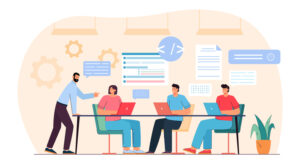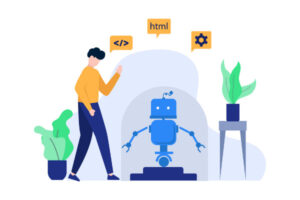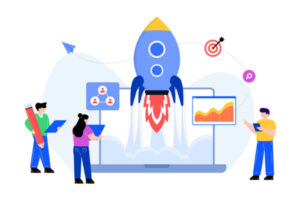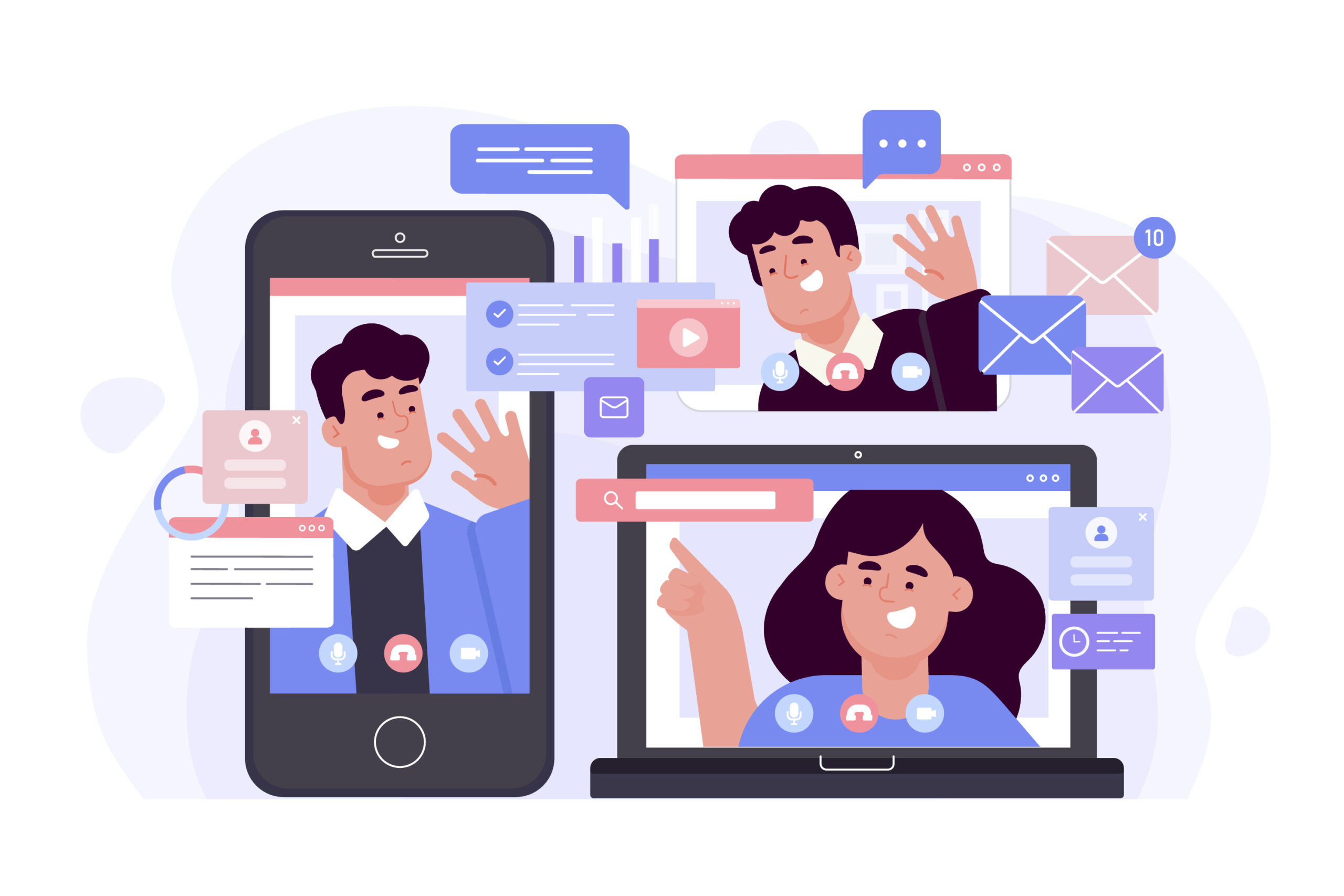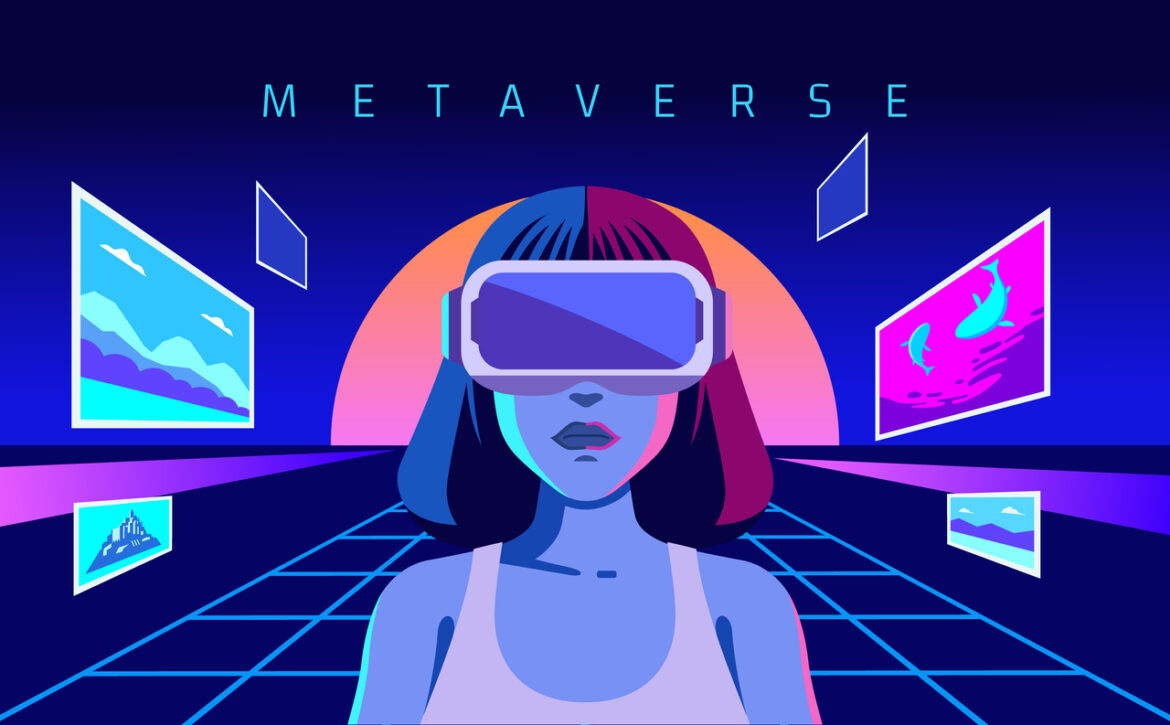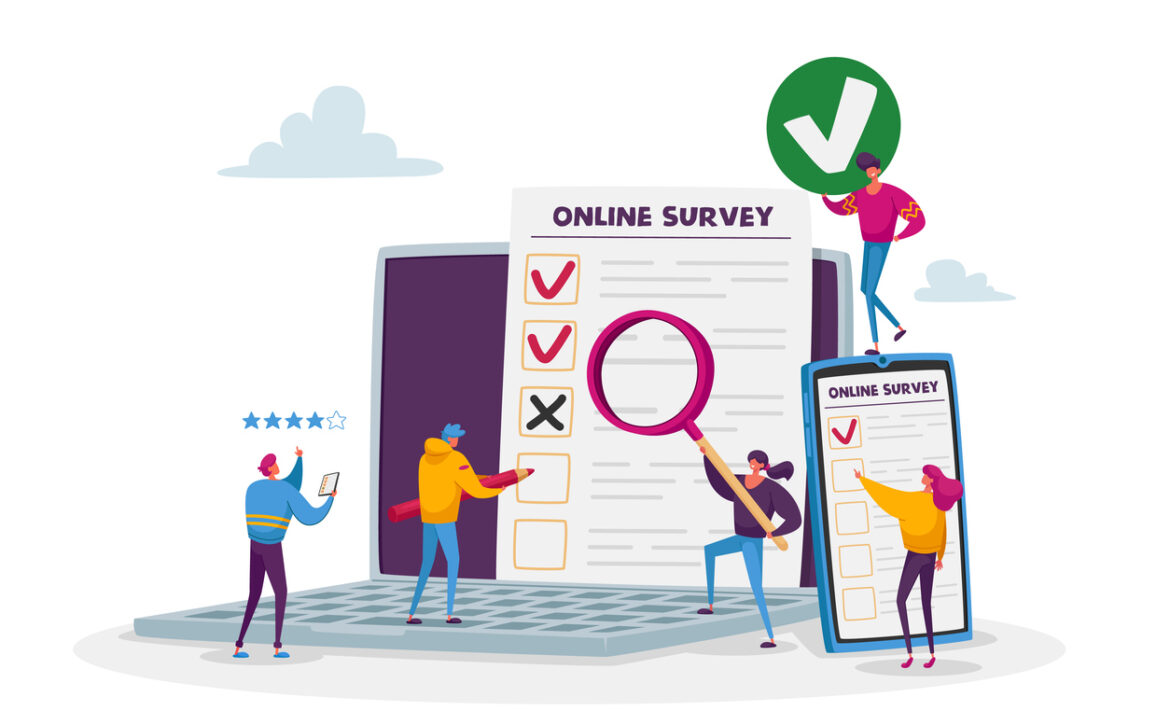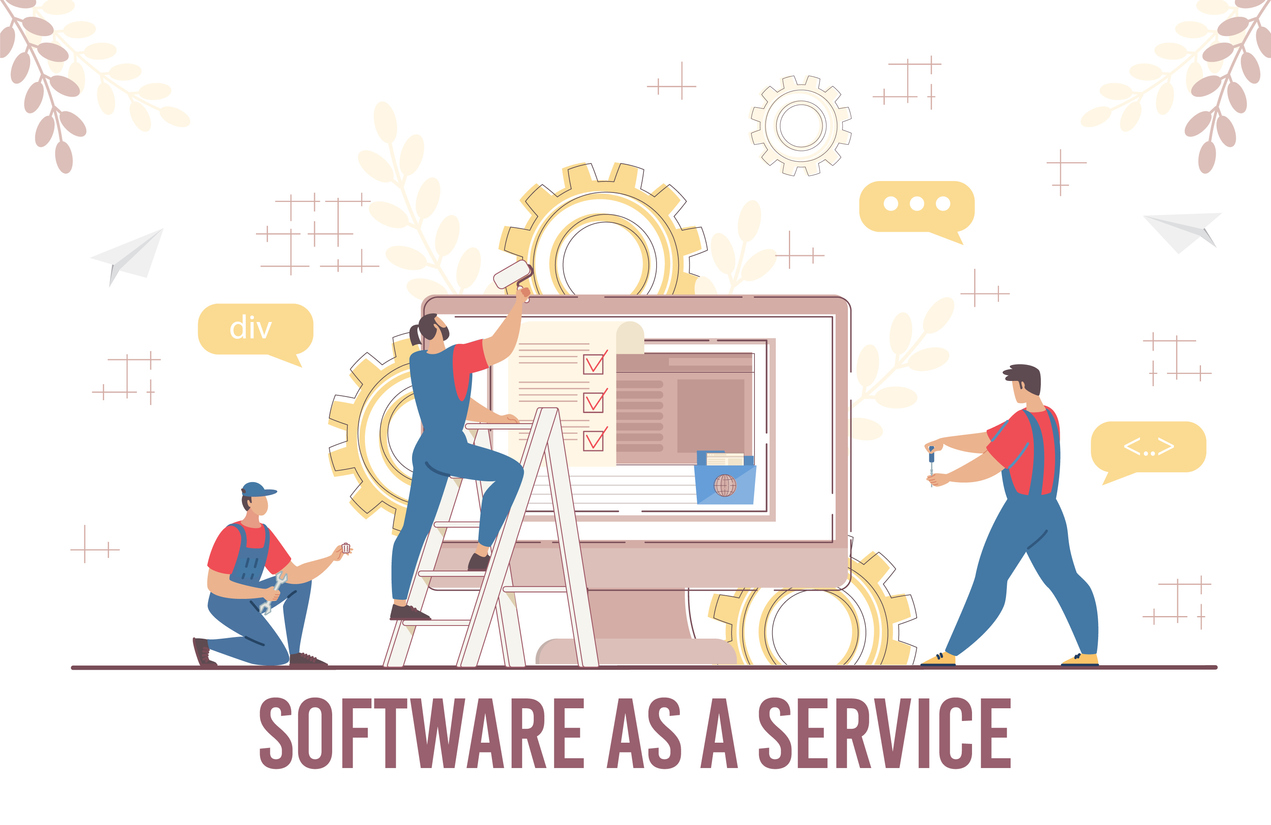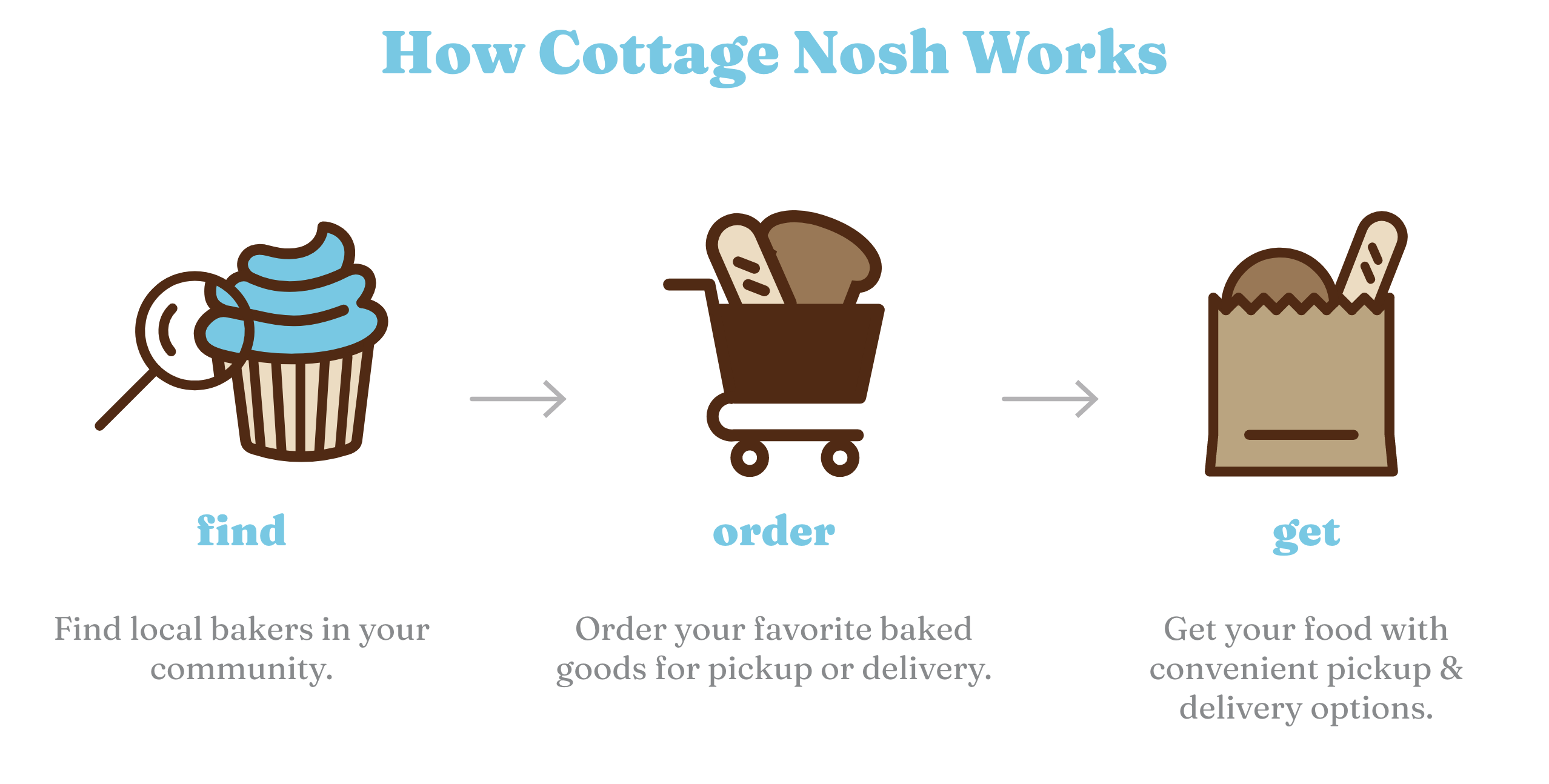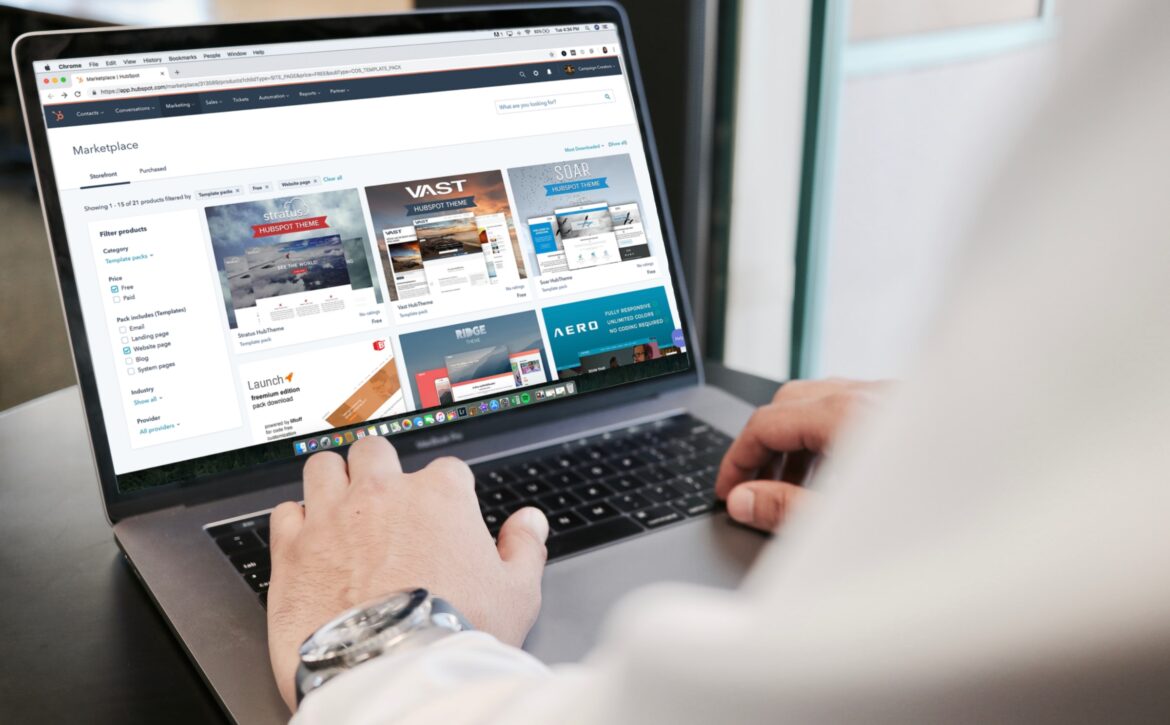Discover why USA and Canada Hire Top Talent from LATAM
O
ver the past few decades, there has been a rise in the popularity of outsourcing as a management strategy. Outsourcing remote engineers have become increasingly common due to globalization and digitalization, allowing American businesses to send work to other countries. In recent years, the nearshore outsourcing model has become one of the most well-liked types of outsourcing.
Nearshore outsourcing has many advantages which are used by many businesses. That has allowed them to cut back on overhead and streamline existing procedures, allowing them to devote more time and energy to their most essential tasks.
It entails sending specific tasks to a third-party provider in a country close to the home office. Companies in the United States often outsource work to other countries in Mexico and Latin America.
Nearshore outsourcing has several benefits, like being more convenient due to its proximity, sharing similar culture, sharing the same time zone, etc. In further depth, allow us to investigate these benefits of staff augmentation for remote engineers.
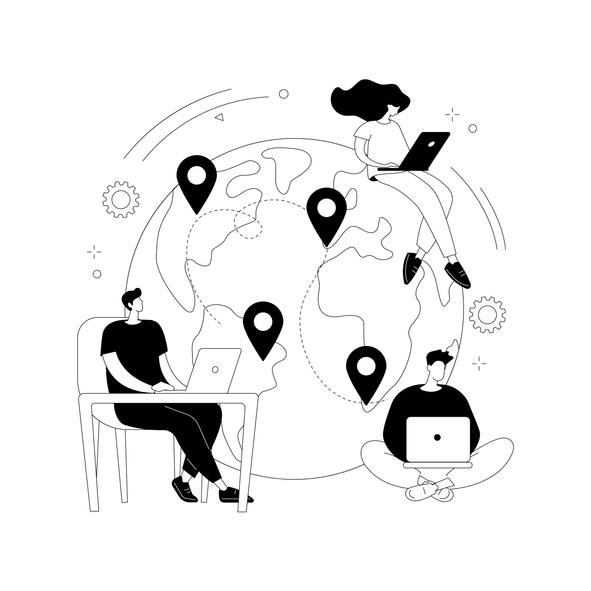
Advantages of Nearshore Outsourcing
Businesses can gain a lot by staff augmentation of software development work in countries with a developed information technology industry. The following are a few of the main advantages of this type of outsourcing:
Streamlined Operations
When a company does talent augmentation, it can focus its efforts on what it does best. That eliminates the need for businesses to spend resources on finding and training in-house software engineers. It is preferable to hire a consulting firm to handle the work. The result is streamlined processes and better financials.
Improved Collaboration
Nearshore outsourcing improves teamwork in which two companies are located in the same time zone. In this situation, the working hours of different parties often overlap significantly. It facilitates efficient communication without requiring people to work at inconvenient hours.
Optimized Operating Timelines
Businesses can save time and money by outsourcing to nearshore contractors. Outsourcing allows companies to save time by delegating specific tasks to outside contractors. Time to market for products and services is reduced, which is vital for the success of any organization.
Focus on Core Competencies
To recap, nearshore outsourcing allows businesses to devote more resources to what they do best. What this means for companies is that they concentrate their limited resources on the things that matter the most. Employees are not overworked, and so spared burnout. In a sense, outsourcing frees up time and resources for companies to focus on what matters.
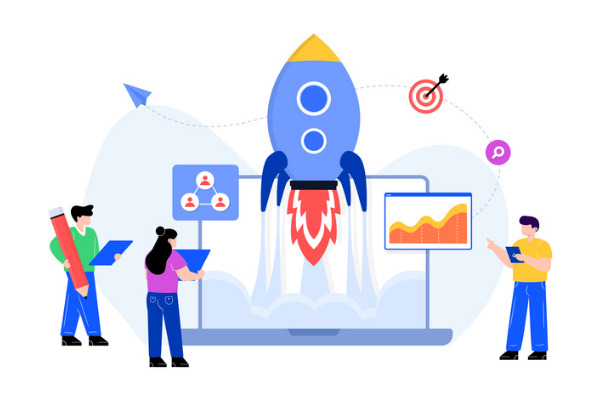
Extended Talent Pool
When you nearshore your software development, you can locate a more qualified and committed crew for your projects. The region of Latin America has established itself as a technological powerhouse. It’s risen to prominence as a prime location for nearshore software development. Rather than relying on in-house teams, many American companies have turned to top developers in Latin America.
The Mexican labor force is also notable for its high education, expertise, and experience. Outsourcing software development to our southern neighbor has been synonymous with guaranteed excellence.
Using nearshore outsourcing, companies can use other countries’ infrastructure and technological prowess in addition to the right talent. In this way, American businesses may create high-quality, necessary IT services and products.
Lower Engagement Costs
When it comes to developing software, high-quality resources are in short supply. The price tag ends up being rather high. But the nearshore outsourcing strategy allows businesses to tap into the extensive worldwide pool of resources and hire at a lesser cost. As a result, companies can more effectively cut their engagement expenses, allowing them to reduce development costs and sell their products to clients at affordable prices.
Cultural and Geographical Closeness
Nearshore outsourcing centers close to the headquarters of the actual company. That translates to less of a gap between the teams’ schedules due to time zone differences. It allows for simple cooperation between team members and, if necessary, travel.
Nearshore outsourcing’s other major perk is fostering a sense of cultural familiarity between your business and the outsourcing firm. Because of this, communication and collaboration are facilitated by shared linguistic, behavioral, and cultural norms.
Improved Communication Channels
Since the time zones are so close together and the languages are so similar, the company and its suppliers can quickly and effectively communicate. The ability to communicate effectively is critical for fostering productive partnerships and increasing the rate of product development.
Businesses that use the offshore model to send work to another country frequently face linguistic and cultural difficulties. The nearshore outsourcing strategy eliminates these distractions and creates a more harmonious office setting.
Consistency in Law and Governmental Order
Canada and the United States have much, not just a common language and culture. Many similarities exist between regional and federal regulations. In this way, trade secrets are easier to safeguard. When politics are stable, businesses can rest easy knowing their investments are safer for the long haul. It will also aid in keeping projects on track and under budget.
Improved Productivity
The efficiency of your staff will increase thanks to nearshoring. You can, for instance, outsource the management of your back-end development to a team of experts so that you can focus solely on the most critical aspects of the project.
Constant midnight shifts can also lead to burnout for your staff. By using nearshoring, you can increase productivity and employee satisfaction by eliminating or reducing the number of night shifts.
Lower Costs
The outsourcing business model is conceived as a means to achieve that end. While it isn’t the driving force behind offshoring or new approaches any longer, it nonetheless carries considerable weight.
The exchange rate is particularly favorable for American enterprises that outsource project development to Latin American countries. The lower value of the local currency relative to the US dollar can translate into less expensive development costs.
Wrapping Up
Talent augmentation for remote engineers allows businesses to realize better economies of scale and, most importantly, greater specialization. With this strategy, companies can focus on what they do best.
Nearshoring software development is a rapidly growing form of outsourcing due to its many benefits to the software development industry. Nearshoring can be a great option to traditional outsourcing due to its many benefits, including ease of access, greater process control, and fewer linguistic and cultural hurdles.
Every company has different needs and expectations, at Towa, we have been working with Small and Medium size companies providing expert software design and development services so you can create world-class products.
Our nearshore development teams deliver the benefits of tech expertise, bilingual collaboration, time zone alignment, and competitive costs.
Fuel your business with IT experts to speed innovation and increase ROI.
Contact us to talk about how Towa can help you.

Grow or establish your IT teams knowing you’ll achieve your objectives and save money. Towa’s Tech Team helps businesses like yours find qualified bilingual engineers so you may expand your operations. You may not realize how close your software development team of engineers and designers is. Our Nearshore service puts you in touch with a tech team that is only a short flight away, shares your time zone, speaks your language, etc.
It takes a lot of effort and money to hire employees. But, with Towa’s Tech Team, you can streamline the process of talent augmentation. If you want to expand your business, you’ve come to the right place. We charge a blended rate and don’t require any long-term contracts.
About Towa
Towa is a leading firm across the United States and Mexico for software engineering and outsourcing, including QA and testing. We offer from Mexico our over +300 engineers capabilities as nearshore delivery model service offerings.
Towa Software has over 20 years of experience to guarantee the quality of every line of code, we are proud of our products and services delivered. We recommend starting small and building trust with your provider before scaling.
As a leading software development outsourcing company in the USA and Mexico, we have extensive experience in many fields including fintech, banking, payments gateways, e-commerce, retail, marketplaces, health care, Omnichannel, and many more.
You can contact us at support@towasoftware.com or give us a call at +1 (210) 787-4525 for more information.







